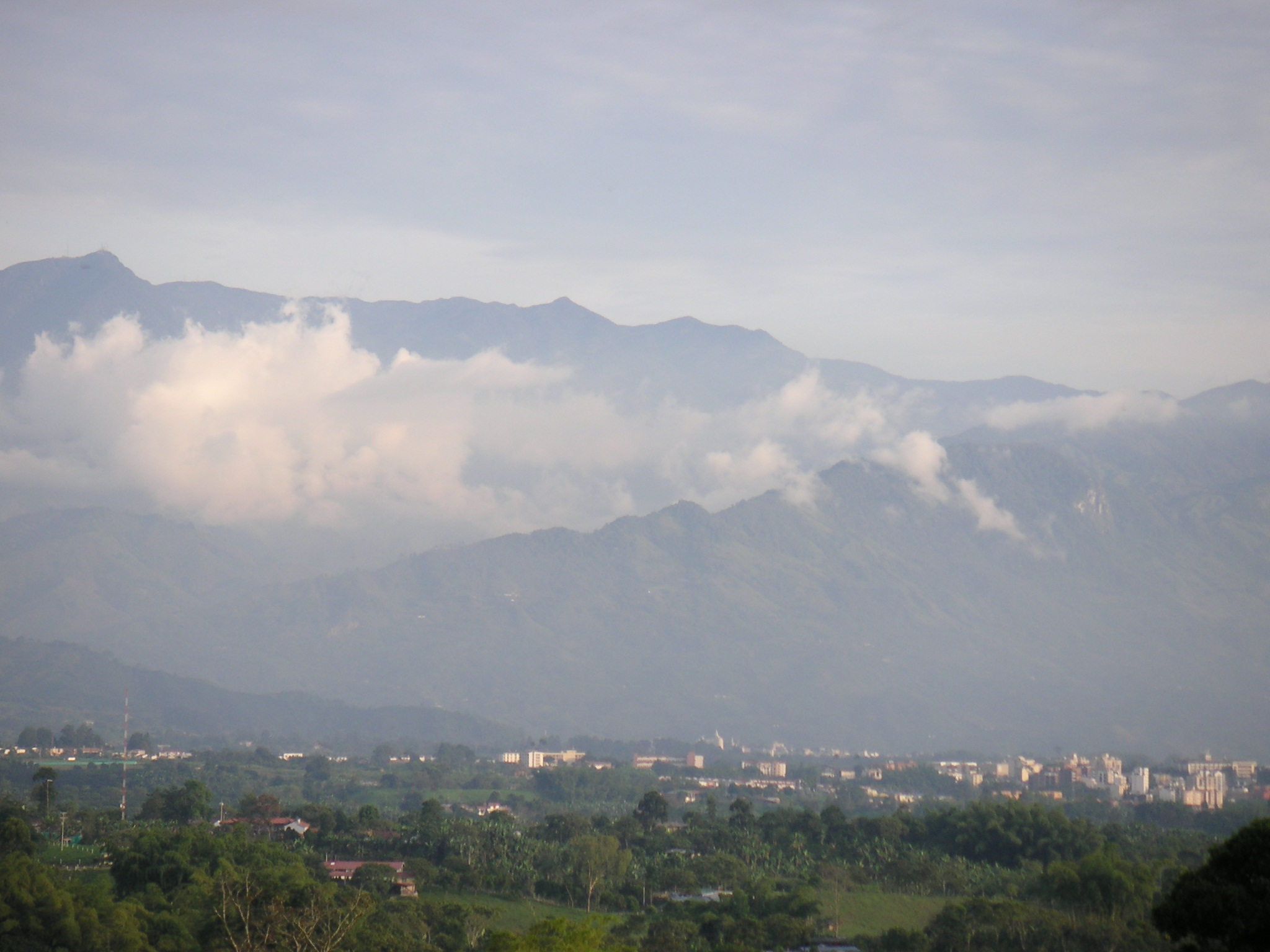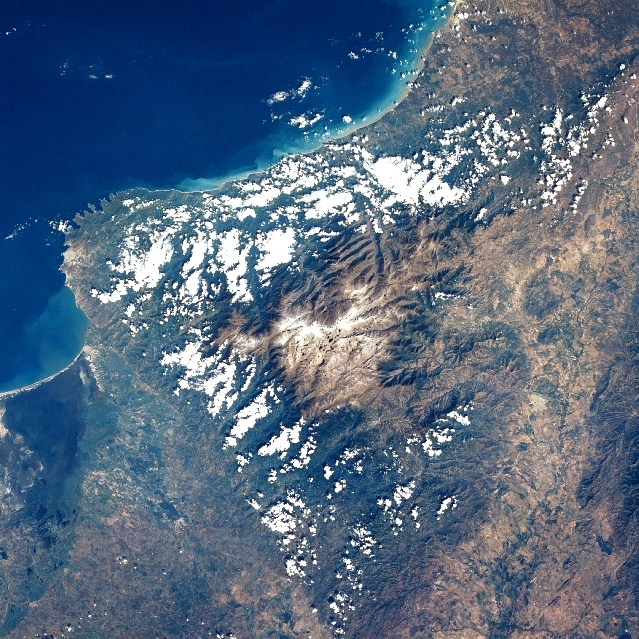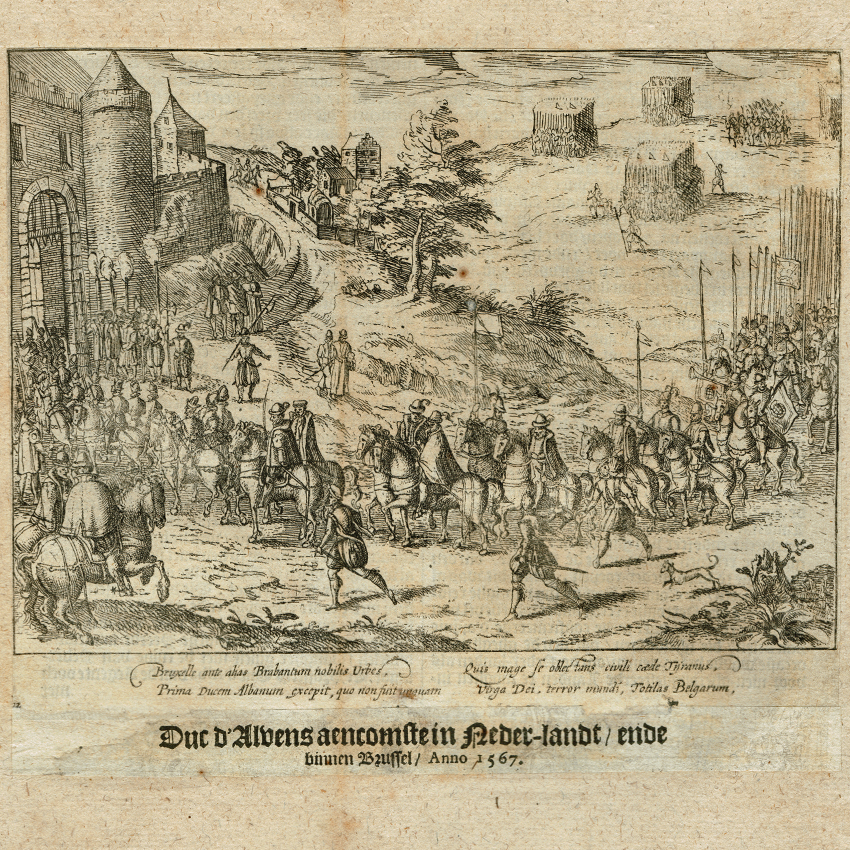|
Baltasar Maldonado
Baltasar Maldonado, also written as Baltazar Maldonado, – Bank of the Republic (Colombia), Banco de la República (c.1510, Salamanca, Spanish Empire, Castile – 1558, Santafé de Bogotá, New Kingdom of Granada) was a Spanish conquistador who first served under Gonzalo Jiménez de Quesada, and later in the army of Hernán Pérez de Quesada in the Spanish conquest of the Muisca.Biography Baltasar Maldonado – Soledad Acosta, Soledad Acosta Samper – Bank of the Republic (Colombia), Banco de la República In 1539, Maldonado defeated the last ruling ''Cacique'' (chieftain) ... [...More Info...] [...Related Items...] OR: [Wikipedia] [Google] [Baidu] |
Bogotá
Bogotá (, also , , ), officially Bogotá, Distrito Capital, abbreviated Bogotá, D.C., and formerly known as Santa Fe de Bogotá (; ) during the Spanish period and between 1991 and 2000, is the capital city of Colombia, and one of the largest cities in the world. The city is administered as the Capital District, as well as the capital of, though not part of, the surrounding department of Cundinamarca. Bogotá is a territorial entity of the first order, with the same administrative status as the departments of Colombia. It is the political, economic, administrative, and industrial center of the country. Bogotá was founded as the capital of the New Kingdom of Granada on 6 August 1538 by Spanish conquistador Gonzalo Jiménez de Quesada after a harsh expedition into the Andes conquering the Muisca, the indigenous inhabitants of the Altiplano. Santafé (its name after 1540) became the seat of the government of the Spanish Royal Audiencia of the New Kingdom of Granada (cre ... [...More Info...] [...Related Items...] OR: [Wikipedia] [Google] [Baidu] |
Muisca
The Muisca (also called Chibcha) are an indigenous people and culture of the Altiplano Cundiboyacense, Colombia, that formed the Muisca Confederation before the Spanish conquest. The people spoke Muysccubun, a language of the Chibchan language family, also called ''Muysca'' and ''Mosca''. They were encountered by conquistadors dispatched by the Spanish Empire in 1537 at the time of the conquest. Subgroupings of the Muisca were mostly identified by their allegiances to three great rulers: the ''hoa'', centered in Hunza, ruling a territory roughly covering modern southern and northeastern Boyacá and southern Santander; the '' psihipqua'', centered in Muyquytá and encompassing most of modern Cundinamarca, the western Llanos; and the '' iraca'', religious ruler of Suamox and modern northeastern Boyacá and southwestern Santander. The territory of the Muisca spanned an area of around from the north of Boyacá to the Sumapaz Páramo and from the summits to the western p ... [...More Info...] [...Related Items...] OR: [Wikipedia] [Google] [Baidu] |
Cordillera Oriental (Colombia)
The Cordillera Oriental ( en, Eastern Ranges) is the widest of the three branches of the Colombian Andes. The range extends from south to north dividing from the Colombian Massif in Huila Department to Norte de Santander Department where it splits into the Serranía del Perijá and the Cordillera de Mérida in Venezuelan Andes. The highest peak is Ritacuba Blanco at in the Sierra Nevada del Cocuy. Geography The western part of the Cordillera Oriental belongs to the Magdalena River basin, while the eastern part includes the river basins of the Amazon River, Orinoco River, and Catatumbo River. Within it, the Altiplano Cundiboyacense and the Sierra Nevada del Cocuy (with the only snowy peaks in this mountain range) stand out. The mountain range contains the most páramos in the world. Protected areas * Cueva de los Guácharos * Chingaza National Natural Park * Yariguíes National Park * Sierra Nevada del Cocuy * Sumapaz Páramo * Tamá National Natural Park * Los Estoraques Uni ... [...More Info...] [...Related Items...] OR: [Wikipedia] [Google] [Baidu] |
Santa Marta
Santa Marta (), officially Distrito Turístico, Cultural e Histórico de Santa Marta ("Touristic, Cultural and Historic District of Santa Marta"), is a city on the coast of the Caribbean Sea in northern Colombia. It is the capital of Magdalena Department and the fourth-largest urban city of the Caribbean Region of Colombia, after Barranquilla, Cartagena, and Soledad. Founded on July 29, 1525, by the Spanish conqueror Rodrigo de Bastidas, it was the first Spanish settlement in Colombia, its oldest surviving city, and second oldest in South America. This city is situated on a bay by the same name and as such, it is a prime tourist destination in the Caribbean region. History Pre-Colombian times Before the arrival of Europeans, the South American continent was inhabited by a number of indigenous groups. Due to a combination of tropical weather, significant rainfall, and the destruction and misrepresentation of many records by Spanish conquistadors, our understanding of the ... [...More Info...] [...Related Items...] OR: [Wikipedia] [Google] [Baidu] |
Santo Domingo
, total_type = Total , population_density_km2 = auto , timezone = AST (UTC −4) , area_code_type = Area codes , area_code = 809, 829, 849 , postal_code_type = Postal codes , postal_code = 10100–10699 (Distrito Nacional) , website Ayuntamiento del Distrito Nacional Santo Domingo ( meaning "Saint Dominic"), once known as Santo Domingo de Guzmán and Ciudad Trujillo, is the capital and largest city of the Dominican Republic and the largest metropolitan area in the Caribbean by population. As of 2022, the city and immediate surrounding area (the Distrito Nacional) had a population of 1,484,789, while the total population is 2,995,211 when including Greater Santo Domingo (the "metropolitan area"). The city is coterminous with the boundaries of the Distrito Nacional ("D.N.", "National District"), itself bordered on three sides by Santo Domingo Province. Founded by the Spanish in 1496, on the east bank of the Ozama River and then moved by Nicolás de Ovando in 1502 ... [...More Info...] [...Related Items...] OR: [Wikipedia] [Google] [Baidu] |
Pantano De Vargas - Panoramio
Pantano may refer to: * Pantano (surname) * Pantano, Arizona, a ghost town in Pima County, Arizona, United States * Pântano River, a river of Brazil See also * El Pantano, a corregimiento in Santa Fé District, Veraguas Province, Panama {{disambiguation ... [...More Info...] [...Related Items...] OR: [Wikipedia] [Google] [Baidu] |
Francisco Briceño
Francisco Briceño, natural de Corral de almagüer. (died 30 Jul 1571) was a Roman Catholic prelate who served as the sixth Bishop of Almería (1571).Catholic Hierarchy: "Bishop Francisco Briceño" retrieved January 14, 2016 retrieved January 14, 2015Dioceses de Almeria website: "TABLA DE LOS OBISPOS DE LA DIÓCESIS URCITANA-ALMERIENSE" retrieved January 15, 2015 B ...
|
Audiencia Real
A ''Real Audiencia'' (), or simply an ''Audiencia'' ( ca, Reial Audiència, Audiència Reial, or Audiència), was an appellate court in Spain and its empire. The name of the institution literally translates as Royal Audience. The additional designation ''chancillería'' (or ''cancillería'', Catalan: ''cancelleria'', English: '' chancellery'') was applied to the appellate courts in early modern Spain.Elliot, ''Imperial Spain'', 86. Each ''audiencia'' had ''oidores'' (Spanish: judges, literally, "hearers"). ''Audiencias'' in Spain The first ''audiencia'' was founded in the Kingdom of Castile in 1371 at Valladolid. The Valladolid Audiencia functioned as the highest court in Castile for the next two centuries. Appeals from the Castilian ''audiencias'' could only be made to the Council of Castile after its creation in 1480. After the union of the crowns of Castile and Aragon in the Kingdom of Spain and the subsequent conquest of Granada in 1492, the ''audiencia'' was divided in ... [...More Info...] [...Related Items...] OR: [Wikipedia] [Google] [Baidu] |
Fernando Álvarez De Toledo, 3rd Duke Of Alba
Fernando Álvarez de Toledo y Pimentel, 3rd Duke of Alba (29 October 150711 December 1582), known as the Grand Duke of Alba (, pt, Grão Duque de Alba) in Spain and Portugal and as the Iron Duke ( or shortly 'Alva') in the Netherlands, was a Spanish noble, general and diplomat. He was titled the 3rd Duke of Alba de Tormes, 4th Marquess of Coria, 3rd Count of Salvatierra de Tormes, 2nd Count of Piedrahita, 8th Lord of Valdecorneja, Grandee of Spain and a Knight of the Order of the Golden Fleece. His motto in Latin was ''Deo patrum nostrorum'' ("To the God of our fathers"). He was an adviser of King Charles I of Spain (Charles V, Holy Roman Emperor), and his successor, Philip II of Spain, Mayordomo mayor of both, member of their Councils of State and War, governor of the Duchy of Milan (1555–1556), viceroy of the Kingdom of Naples (1556–1558), governor of the Netherlands (1567–1573) and viceroy and constable of the Kingdom of Portugal (1580–1582). He represented Philip ... [...More Info...] [...Related Items...] OR: [Wikipedia] [Google] [Baidu] |
Hidalgo (nobility)
An ''hidalgo'' (, ) or a ''fidalgo'' (, ) is a member of the Spanish or Portuguese nobility; the feminine forms of the terms are ''hidalga'', in Spanish, and ''fidalga'', in Portuguese and Galician. In popular usage, the term ''hidalgo'' identifies a nobleman without a hereditary title. In practice, ''hidalgos'' were exempted from paying taxes, yet owned little real property. Etymology Since the twelfth century, the phrase ''fijo d'algo'' (lit. son of something) and its contraction, ''fidalgo'', were used in the Kingdom of Castile and in the Kingdom of Portugal to identify a type of nobility. In Portugal, the cognate remained ''fidalgo'', which identified nobles of a similar status to a ''hidalgo'' in Spain. In the Kingdom of Aragón, the ''infanzón'' was the noble counterpart of the Castilian hidalgo. The pronunciation changes in Spanish occurred during the late Middle Ages, the letter-F sounding was lost, and replaced with the letter-H spelling and pronunciation of ''hida ... [...More Info...] [...Related Items...] OR: [Wikipedia] [Google] [Baidu] |
El Carnero
''El Carnero'' ( en, The Sheep) is the colloquial name of a Spanish language colonial chronicle whose title was ''Conquista i descubrimiento del nuevo reino de Granada de las Indias Occidentales del mar oceano, i fundacion de la ciudad de Santa Fe de Bogotá, ...'' lso known as ''El Carnero de Bogotá''(English: Conquest and discovery of the New Kingdom of Granada of the West Indies sea, and foundation of the city of Holy Faith of Bogota). It is a chronicle of history and customs written in 1636-1638 (but not published until 1859) by Bogota-born Juan Rodríguez Freyle. Contents ''El Carnero'' tells the story of the Spanish conquest of the Muisca; the early exploration of northern South America and the establishment of the New Kingdom of Granada, currently Colombia and parts of Venezuela, and the foundation and first century of the city of Bogotá. Bogotá was the first city of the kingdom to have an established royal audience and a chancellery. It also describes the indigen ... [...More Info...] [...Related Items...] OR: [Wikipedia] [Google] [Baidu] |






